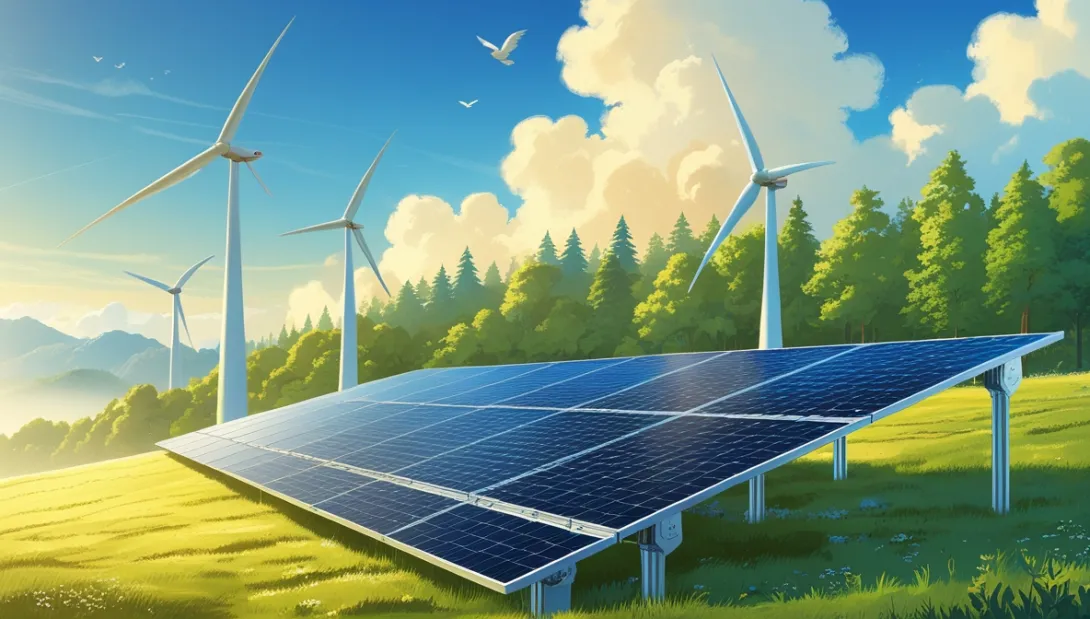What is the primary source of solar energy?
Which device is used to convert sunlight into electricity?
What is the primary advantage of wind energy?
Which of the following is an example of bioenergy?
What is the major limitation of solar power?
What is the unit of measurement for wind energy output?
Which country is the largest producer of solar energy?
What is the process of converting organic waste into energy called?
What type of energy is produced by wind turbines?
What is the primary component of a solar cell?
What is the main advantage of renewable energy sources?
What is a significant disadvantage of wind energy?
Which gas is produced in biogas plants?
What is the main environmental benefit of renewable energy?
Which renewable energy source is derived from organic materials?
What is the lifespan of most modern solar panels?
Which renewable energy source depends on atmospheric conditions?
What is the process of generating electricity from sunlight called?
Which of the following is a major challenge in using solar power?
What is the term for energy derived from organic plant and animal materials?
Which renewable energy source is best suited for areas with strong winds?
What is the primary raw material for biogas production?
What is a common use of solar thermal energy?
Which part of a wind turbine converts kinetic energy into electricity?
Which renewable energy source is most effective in desert regions?
Which country is a leader in wind energy production?
What is the term for energy stored in organic matter like wood and crops?
What is the efficiency range of modern solar panels?
Which renewable energy source does not produce carbon dioxide during operation?
What is the role of an inverter in a solar energy system?
Which renewable energy source involves the fermentation of organic material?
What is the main byproduct of biogas production?
Which renewable energy source is often used in remote areas without grid access?
What is the major advantage of using wind energy in coastal areas?
Which type of energy system uses mirrors to focus sunlight?
What is the role of a controller in a wind turbine system?
Which renewable energy source has the highest land area requirement?
What is the term for capturing and storing excess renewable energy?

